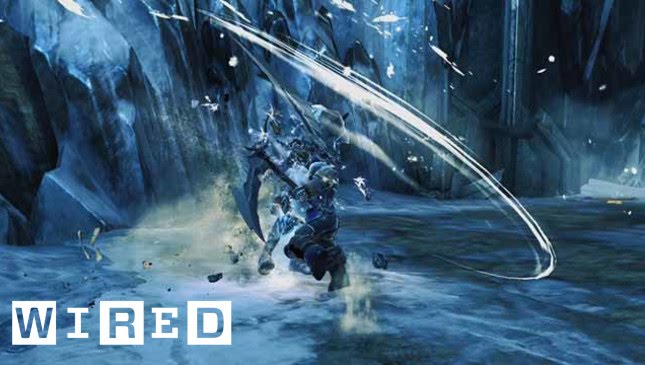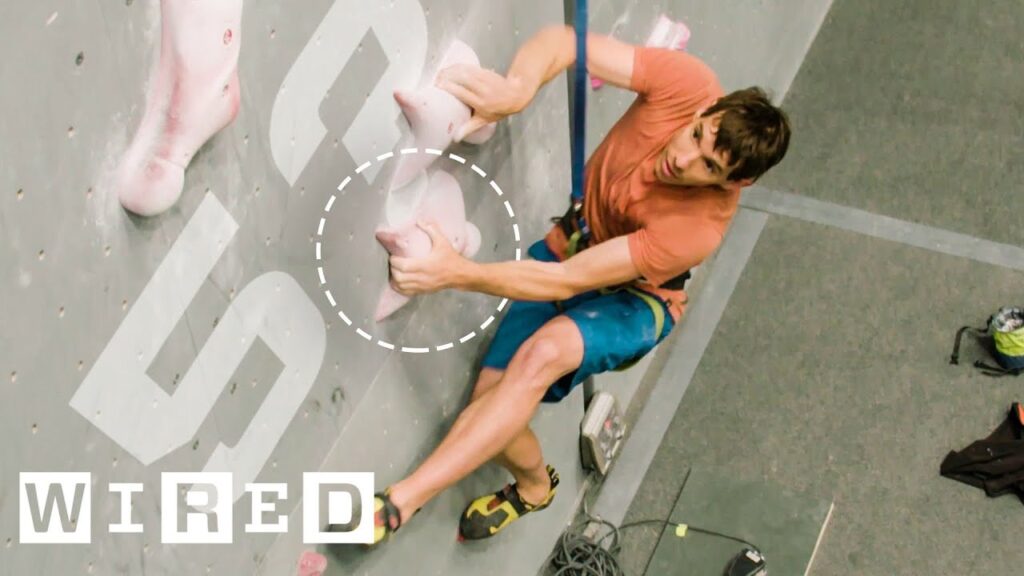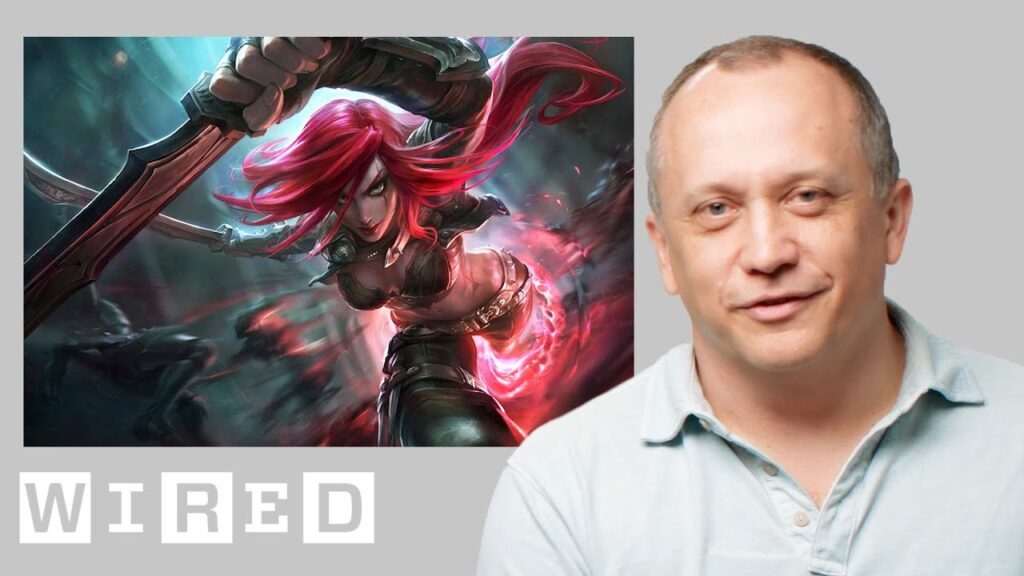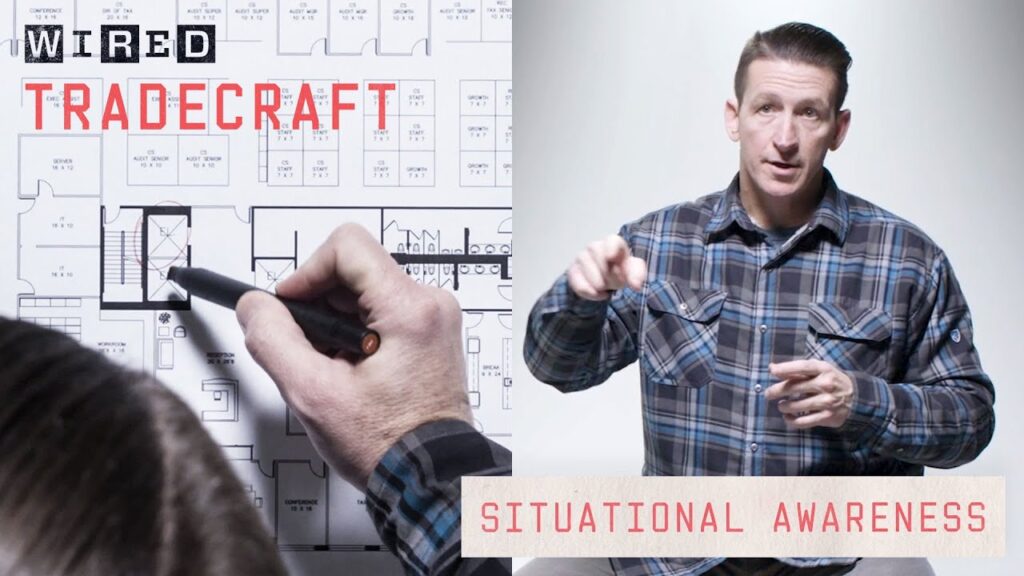The Art of Drawing a Human Face: Insights from TM Dave
Summary
In this article, we explore the process of drawing a human face and the common mistakes that artists make. We discuss the importance of paying attention to subtle differences in proportion and contour, and offer tips for improving one’s drawing skills.
Table of Contents
- Solar Head: Level One
- Identifying Features: Level Two
- Volumes and Proportion: Level Three
- Planes of the Head: Level Four
- Drawing the Mouth: Level Five
- Comic Book Heroes: Level Six
- Blocking in the Head: Level Seven
- The Importance of Negative Space: Level Eight
- The Danger of Symmetry: Level Nine
- Examples of Different Approaches: Level Ten
- The Complexity of Observational Truths: Level Eleven
- Conclusion
Solar Head: Level One
TM Dave begins by introducing the concept of levels of complexity in drawing a human face. The first level is the solar head, which is a simple circle with two eyes and a mouth. While this is not a realistic depiction of a human face, it serves as a starting point for building more complexity.
Identifying Features: Level Two
The second level involves identifying features that make each face unique. Language can be a guide to drawing more diverse characters, as different cultures and backgrounds can influence facial features.
Volumes and Proportion: Level Three
The third level focuses on volumes and proportion. TM Dave explains that the basic structure of the human skull can be used to create a sense of individuality in a drawing. By paying attention to subtle differences in proportion and contour, artists can create a more convincing representation of a human face.
Planes of the Head: Level Four
The fourth level is all about planes of the head. TM Dave explains that the anatomy of the skull can be considered to create more three-dimensionality. By understanding the structure of the cheeks and the orbicularis oris muscle group, artists can create a convincing three-dimensional structure.
Drawing the Mouth: Level Five
Drawing the mouth is a particular challenge for many artists. TM Dave advises focusing on the underlying structure of the orbicularis oris muscle group, which sits outwards from the jaw structure in a three-dimensional set of planes.
Comic Book Heroes: Level Six
Comic book heroes are a good example of the planes of the head, which are a set of angles that create a convincing three-dimensional structure. TM Dave encourages artists to study comic book art to learn more about this technique.
Blocking in the Head: Level Seven
Blocking in the head is a way of remembering and forgetting the angles and straight lines that create structure. TM Dave advises finding a way to look at the page and the mirror without moving too much, and using the tip of the pencil and the slide of the thumb to measure.
The Importance of Negative Space: Level Eight
The eighth level involves paying attention to negative space, or the space around the face. By drawing the space around the face and using it to inform the drawing, artists can create a more accurate representation of the face.
The Danger of Symmetry: Level Nine
Many artists instinctively create symmetry in their drawings, but this can be a mistake. TM Dave explains that human faces are not perfectly symmetrical, and that artists should pay attention to subtle differences between the left and right sides of the face.
Examples of Different Approaches: Level Ten
TM Dave provides examples of different artists who approached the same subject in different ways. By studying these examples, artists can learn more about the different techniques that can be used to create a convincing representation of a human face.
The Complexity of Observational Truths: Level Eleven
Finally, TM Dave discusses the complexity of observational truths. He defines complexity as the layers of thinking that help to build observational truths that are necessary for a picture that just feels right. By paying attention to subtle differences in proportion, contour, and negative space, artists can create a more convincing representation of a human face.
Conclusion
Drawing a human face is a challenging task that requires careful observation and attention to detail. By following the levels of complexity outlined by TM Dave, artists can improve their skills and create more convincing representations of the human face.







